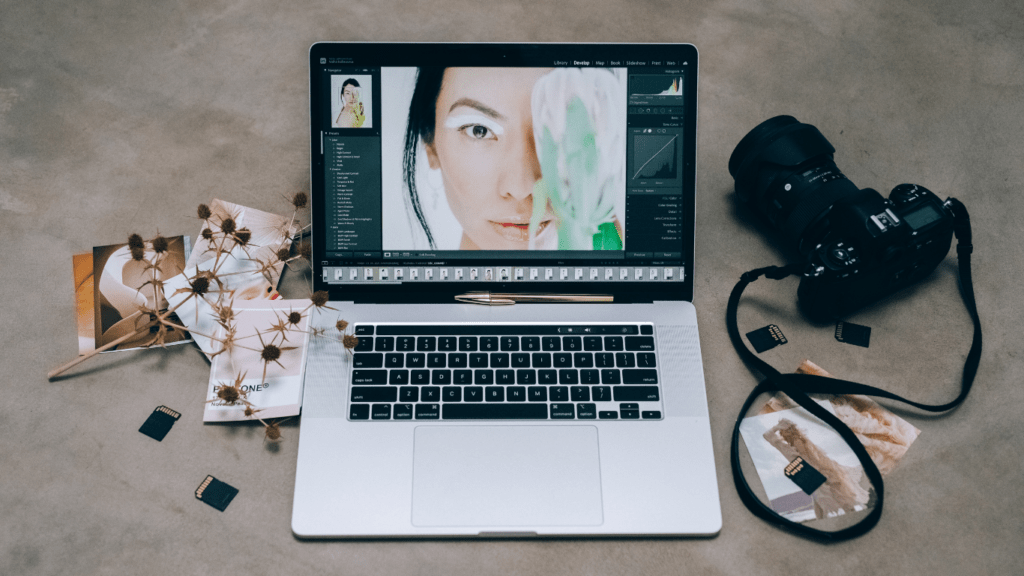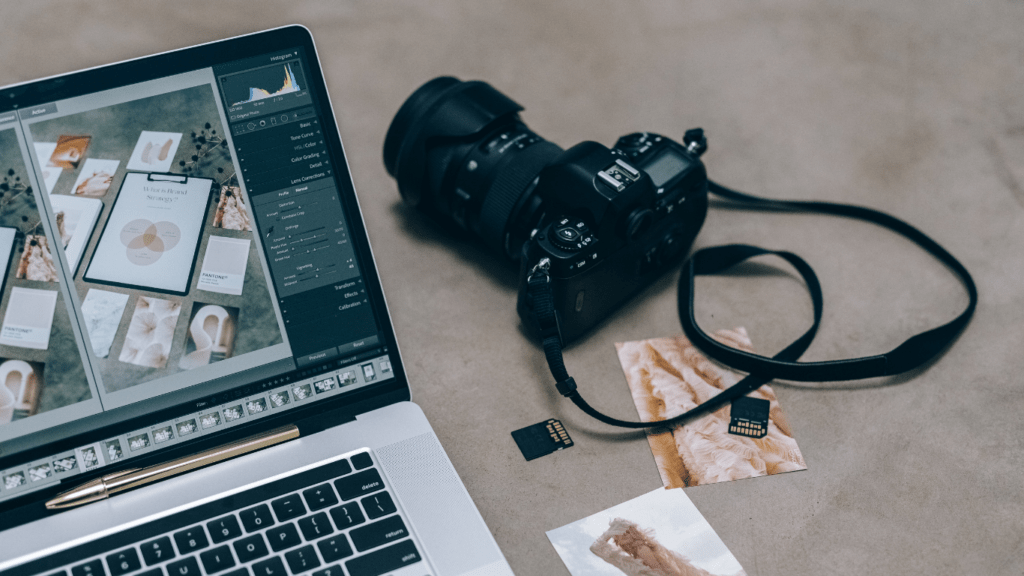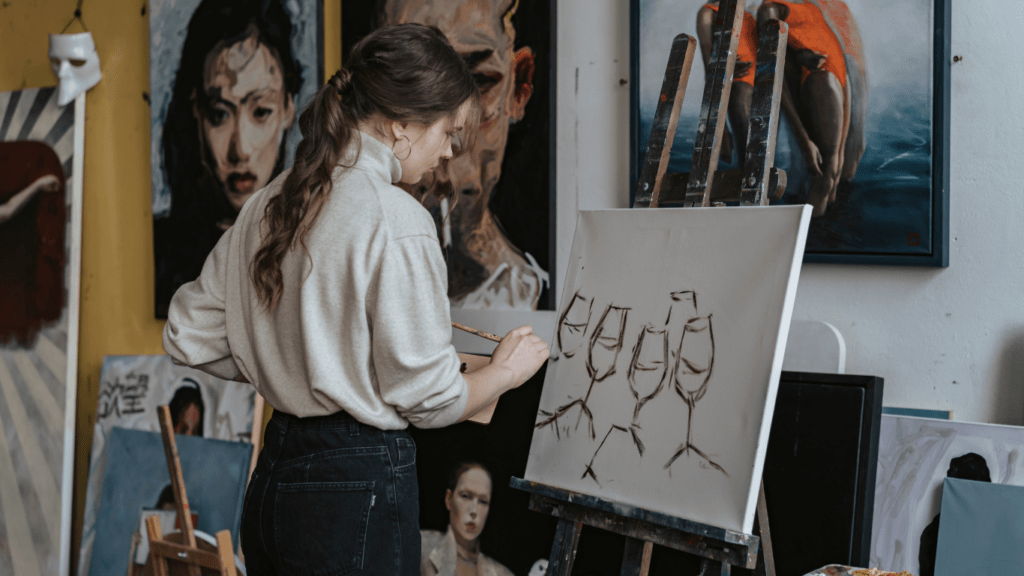As a digital artist, I’m constantly exploring ways to elevate my creations and transport viewers into immersive worlds. In the realm of digital landscapes, mastering techniques for depth and atmosphere is key to capturing attention and evoking emotions. From the play of light and shadow to the subtle interplay of colors, every brushstroke or pixel holds the power to transform a flat image into a multidimensional masterpiece.
In this article, I’ll delve into the art of enhancing digital landscapes, sharing insights on how to infuse your creations with depth and atmosphere. Whether you’re a seasoned artist looking to refine your skills or a beginner eager to learn the ropes, these techniques will help you elevate your artwork to new heights. Join me on this creative journey as we unlock the secrets to captivating digital landscapes that mesmerize and inspire.
Understanding Depth in Digital Landscapes
Exploring the concept of depth in digital landscapes is crucial for creating visually compelling and immersive artwork. By mastering techniques that simulate depth effectively, digital artists can enhance the overall impact of their creations.
When crafting digital landscapes, incorporating elements that convey distance and dimension is key. Techniques such as overlapping objects, varying sizes, and strategic placement can all contribute to establishing a sense of depth within the composition.
Depth not only adds realism to digital artwork but also guides the viewer’s gaze, creating a more engaging visual experience. By understanding how to manipulate visual cues to suggest depth, artists can draw viewers into their creations and evoke emotional responses.
Utilizing techniques like atmospheric perspective, which involves adjusting colors and details based on distance, can further enhance the perception of depth in digital landscapes. By incorporating lighter hues and softer contrasts in the background, artists can create a sense of distance and scale within their compositions.
Incorporating shadows and lighting effects also play a crucial role in establishing depth within digital landscapes. By strategically placing shadows and highlights, artists can create the illusion of three-dimensional space, adding a sense of realism and dynamism to their artwork.
Mastering the skill of understanding depth in digital landscapes is fundamental for creating captivating and immersive artwork that resonates with viewers on a profound level. By honing these techniques, artists can elevate their creations to new heights, crafting visually stunning landscapes that draw viewers into a world of depth and atmosphere.
Creating Atmospheric Effects in Your Art
To enhance the atmosphere in your digital landscapes, I focus on specific techniques that can elevate your artwork.
Utilizing Color for Atmosphere
In digital art, color plays a crucial role in setting the mood and atmosphere of a scene. By adjusting the color palette based on the distance of objects, I create a sense of depth and atmosphere in my artwork. Using cooler tones for distant objects and warmer tones for closer elements helps establish spatial relationships and adds a realistic touch to the composition.
Incorporating Light and Shadow
Light and shadow are essential elements that can significantly enhance the atmosphere in digital landscapes. I strategically incorporate light sources to create depth and mood in my artworks. By understanding how light interacts with objects in a scene, I can evoke different emotions and add a sense of realism to the composition. Shadows play a vital role in defining the form and structure of objects, contributing to the overall depth and atmosphere of the artwork.
Applying Textures and Layers for Depth
Enhancing digital landscapes relies heavily on applying textures and layers strategically to create depth that captivates viewers. By integrating various textures and layers effectively, I can elevate the visual richness of my artworks and enhance the sense of depth in the digital space.
- Layering for Dimension:
Layering textures is a fundamental technique I leverage to add dimension to my digital landscapes. Combining multiple layers with varying opacities allows me to build complexity and depth in my artworks. For instance, overlaying a subtle texture layer over the background can simulate distant elements, enriching the overall composition. - Textural Variation for Realism:
Incorporating a range of textures like rough, smooth, shiny, or matte surfaces enhances the realism of digital environments. I experiment with textures to mimic different materials such as wood, stone, or water, giving my landscapes a tactile quality that resonates with viewers. - Depth Through Textural Contrast:
Creating contrast in textures is a powerful way to emphasize depth in digital art. By juxtaposing rough textures against smooth ones or incorporating intricate patterns with plain surfaces, I create visual interest and depth within my compositions. This contrast guides the viewer’s gaze through the scene, enhancing the overall immersive experience.
Incorporating a diverse array of textures and layers in my digital artworks allows me to craft landscapes that not only engage viewers but also evoke a profound sense of depth and realism. By mastering the art of applying textures and layers effectively, I can elevate the visual impact of my creations and immerse viewers in captivating digital worlds.
Showcasing Your Digital Landscapes with Realism
Exploring how to showcase digital landscapes with realism is crucial for captivating audience engagement. Layering textures, incorporating textural variation, and creating depth through contrast are essential elements in achieving lifelike digital environments. Diverse textures and layers play a pivotal role in crafting immersive landscapes that draw viewers into the scene.
When it comes to enhancing digital landscapes, mastering the art of applying textures and layers is paramount. By strategically layering textures and introducing variations in texture, one can elevate the overall realism of the digital scene. Textural contrast adds depth and visual interest, making the landscape more visually striking and engaging.
Furthermore, the utilization of diverse textures and layers is instrumental in creating a multi-dimensional digital environment. By utilizing a variety of textures and layers, I can create a sense of richness and detail that enhances the overall viewing experience. The careful selection and placement of textures and layers bring depth and complexity to the digital landscape, making it feel more dynamic and lifelike.
Showcasing digital landscapes with realism hinges on the effective application of textures and layers. By paying close attention to textural variation, contrast, and diversity in textures and layers, I can create compelling and realistic landscapes that resonate with viewers. Mastering these techniques is key to elevating the visual impact of digital creations and immersing audiences in captivating digital worlds.





